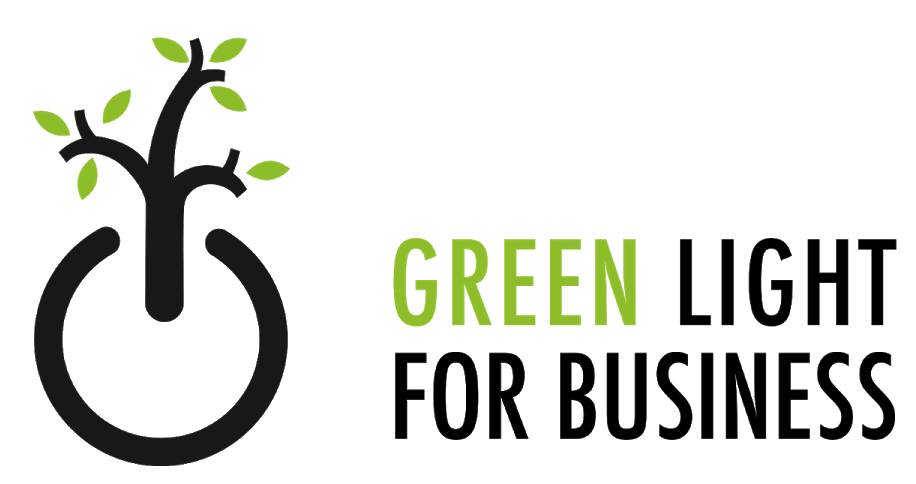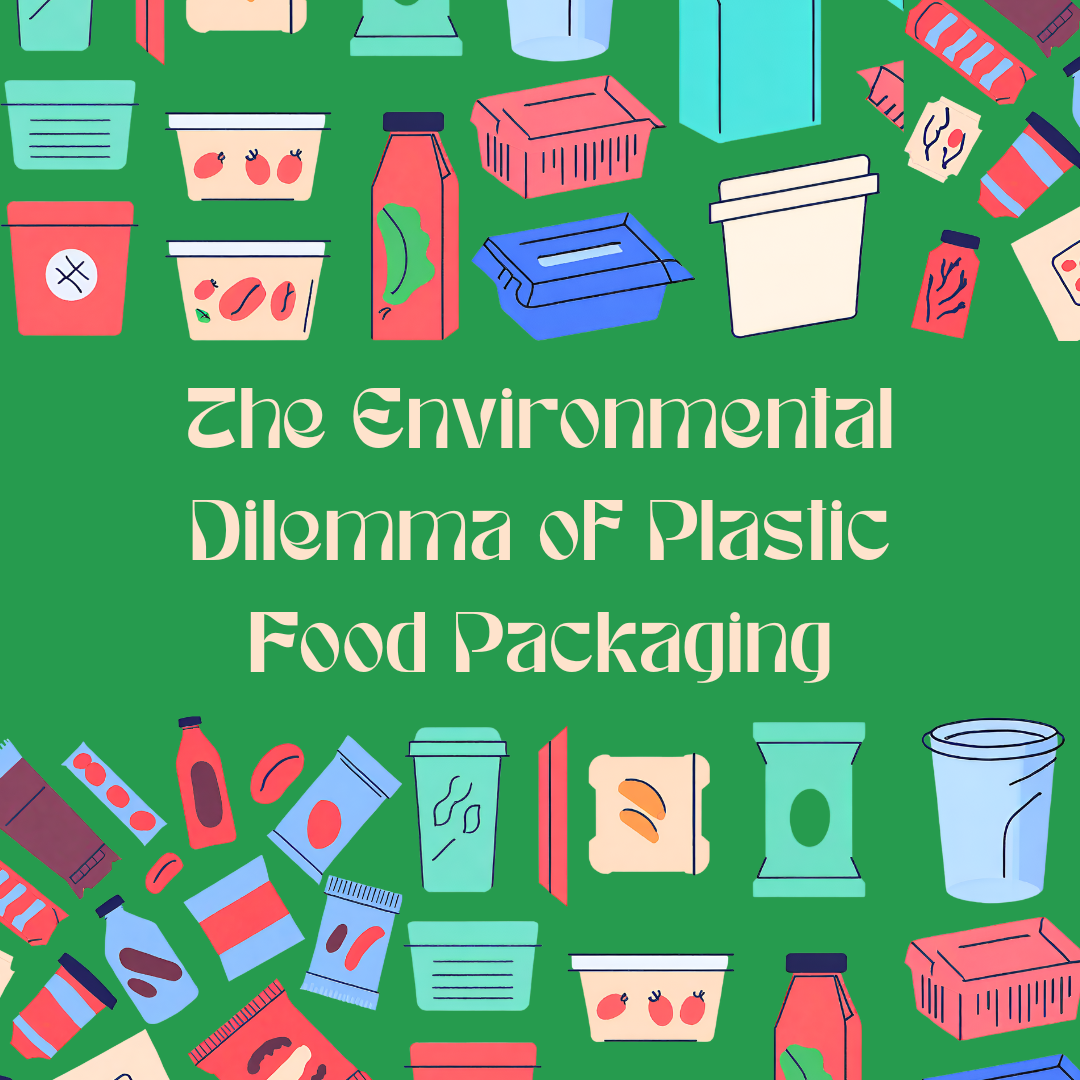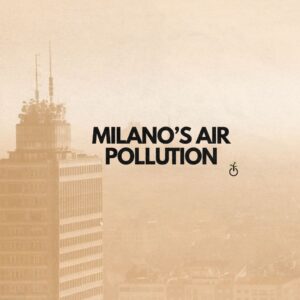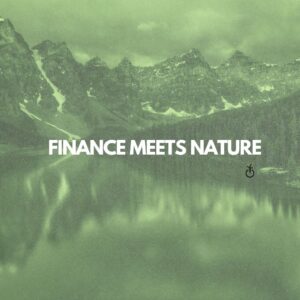In our modern world, convenience often comes at a cost, and one of the most glaring examples of this is the pervasive use of plastic packaging. From the moment we enter a grocery store to the time we dispose of our leftovers, plastic packaging surrounds us at every turn. However, beneath the surface of this convenience lies a growing environmental crisis that demands our immediate attention.
Food packaging, in particular, stands out as a major contributor to the ever-expanding mountain of plastic waste. Every year, billions of tons of plastic are produced worldwide, with a significant portion dedicated to packaging food items. From cling wraps to containers, bottles to bags, the variety of plastic packaging seems endless. However, what’s truly alarming is the sheer volume of plastic waste generated by these packaging materials.
Consider this: a single trip to the grocery store can result in a staggering amount of plastic waste. Fruits and vegetables are often encased in plastic trays or wrapped in plastic film. Dairy products come in plastic containers, while beverages are housed in plastic bottles. Even seemingly innocuous items like bread and cereal are packaged in plastic bags. The result? A cart full of groceries wrapped in layers upon layers of plastic, destined for the landfill.
But the problem doesn’t end there. Despite the widespread use of plastic packaging, recycling rates still need to improve. In fact, it’s estimated that only a fraction of plastic packaging is actually recycled, with the majority ending up in landfills or, worse, polluting our oceans and waterways. The reasons for this are manifold, ranging from inadequate recycling infrastructure to consumer apathy. Additionally, many types of plastic packaging are not easily recyclable due to complex material compositions or contamination from food residue.
Furthermore, even when plastic packaging is sent for recycling, it often undergoes a lengthy and energy-intensive process that may result in downcycling rather than true recycling. This means that recycled plastic is typically of lower quality and can only be used for limited applications, ultimately perpetuating the cycle of waste.
The environmental consequences of our reliance on plastic packaging are dire. Plastic pollution poses a grave threat to marine life, with millions of marine animals dying each year due to ingestion or entanglement in plastic debris. Moreover, plastic waste leeches harmful chemicals into the soil and water, contaminating ecosystems and endangering human health.
Despite the obvious downsides of plastic waste generated from food packaging, banning it altogether is too nearsighted, as it overlooks the fact that food plastic wrapping has multiple important purposes. In a life cycle assessment of the crop, these purposes need to be weighted against the downsides of plastic waste in order to fully be able to judge whether plastic wrapping is necessary.
Consider first the most obvious reason to wrap fresh fruits and vegetables in plastic: it prolongs their shelf life and thus reduces food waste. While food waste is biodegradable, it is too simple to assume that it has a lower environmental impact than plastic packaging, which can persist in the environment for hundreds of years. The crucial aspect is the intensive agricultural production process behind crops. In fact, the UN Food and Agriculture Organisation estimates that, if measured globally and treated like a country, food waste would come in third in terms of CO2 emissions behind China and the USA.
A recent study shows that for cucumbers imported from Spain and retailed in Switzerland, the environmental footprint of the plastic wrapping is relatively minimal, accounting for only about 1% of the overall environmental impact of the entire journey from cultivation to store shelves. Consequently, each rotten cucumber thrown away carries the equivalent environmental burden of 93 plastic wraps used for cucumber packaging. In a similar vein, another study on cucumbers further found that wrapped cucumbers lose less water from farm to fork, thereby extending their shelf life by up to 60%. Overall, the reduction in food waste achieved by the plastic wrapping of cucumbers has been shown to yield an environmental benefit 4.9 times greater than the adverse environmental impact attributable to the packaging material itself.
Another aspect to consider is that plastic wrapping can not only help to prolong the shelf life of crops, but also to preserve their quality. Loosely displayed broccoli on supermarket shelves, for instance, can lose up to 80% of its glucosinolates, which are important for its health benefits, compared to plastic-wrapped broccoli stored in the fridge.
Given the benefits of plastic wrapping, the quest for viable alternatives inevitably arises. One such approach involves utilising more packaging made from glass or metals, which offer the advantage of being more readily recyclable and experiencing less quality degradation across use cycles. However, their transportation can result in higher CO2 emissions due to increased weight, and the production of these reusable or recyclable alternatives must also be considered. In a similar vein, in comparing single-use plastic bags made from polyethylene (which are banned in the EU) to their cotton counterparts, studies indicate that, depending on the analysis, the cotton shopping bag would need to be used between 100 and 200 times to match the environmental impact of a single use of a plastic shopping bag.
Another widely considered alternative is biodegradable or compostable plastic bags. While often marketed as environmentally friendly, a WWF study criticises biodegradable plastic for excelling in controlled lab settings but potentially taking much longer to disintegrate (or even pollute similarly to regular plastic bags) when exposed to the natural environment and its changing conditions. Compostable bags, on the other hand, offer a more promising option as they are specifically designed to degrade in compost settings, posing minimal pollution risk if used and disposed of correctly.
However, only a small percentage of compostable packaging ends up in proper composting facilities, as revealed by a recent UK study. Additionally, for both the biodegradable and the compostable bag, the input sustainability needs to undergo scrutiny to see the full picture. Various technologies with different input materials exist, leading to diverging environmental outcomes. Encouragingly, biodegradable and compostable plastics generally exhibit lower CO2 emissions due to their renewable input sources such as wheat and corn compared to conventional plastics. With correct disposal, these plastics can serve as viable alternatives, and indeed, their development for food packaging is steadily increasing in contrast to conventional plastics.
In conclusion, the pervasive use of plastic packaging in the food industry presents a complex environmental dilemma that cannot be easily solved through blanket solutions such as bans. While the detrimental effects of plastic waste on our planet are undeniable, it’s essential to recognize the valuable purposes that plastic wrapping serves, particularly in reducing food waste and preserving the quality of perishable goods.
However, the quest for alternatives to traditional plastic packaging is imperative. Sustainable alternatives such as glass, metals, and biodegradable/compostable plastics show promise in mitigating the environmental impact of packaging materials. Yet, it’s crucial to approach these alternatives with caution, considering their entire life cycle and ensuring that they offer genuine improvements over conventional plastics.
Ultimately, addressing the issue of plastic packaging requires a holistic approach that balances the benefits of packaging with its environmental consequences. By promoting innovation, investing in recycling infrastructure, and fostering consumer awareness, we can work towards a future where packaging is both functional and sustainable, preserving the health of our planet for generations to come.
By Lucia Buser and Bianca Catricalà.
Sources:
https://www.ey.com/en_gl/insights/consumer-products/sustainable-flexible-plastic-packaging-strategy
https://www.wbcsd.org/Programs/Circular-Economy/Sustainable-Plastics-and-Packaging-Value-Chains
https://www.frontiersin.org/articles/10.3389/fsufs.2022.750199/full
https://www.biobasedpress.eu/2022/01/ban-plastics-back-to-science-based-material-policy/
Shlush, E. & Davidovich-Pinhas, M. (2022). Bioplastics for food packaging. Trends in Food Science & Technology, 122, pp. 66-80.
https://www.sciencedirect.com/science/article/pii/S092422442200156X




